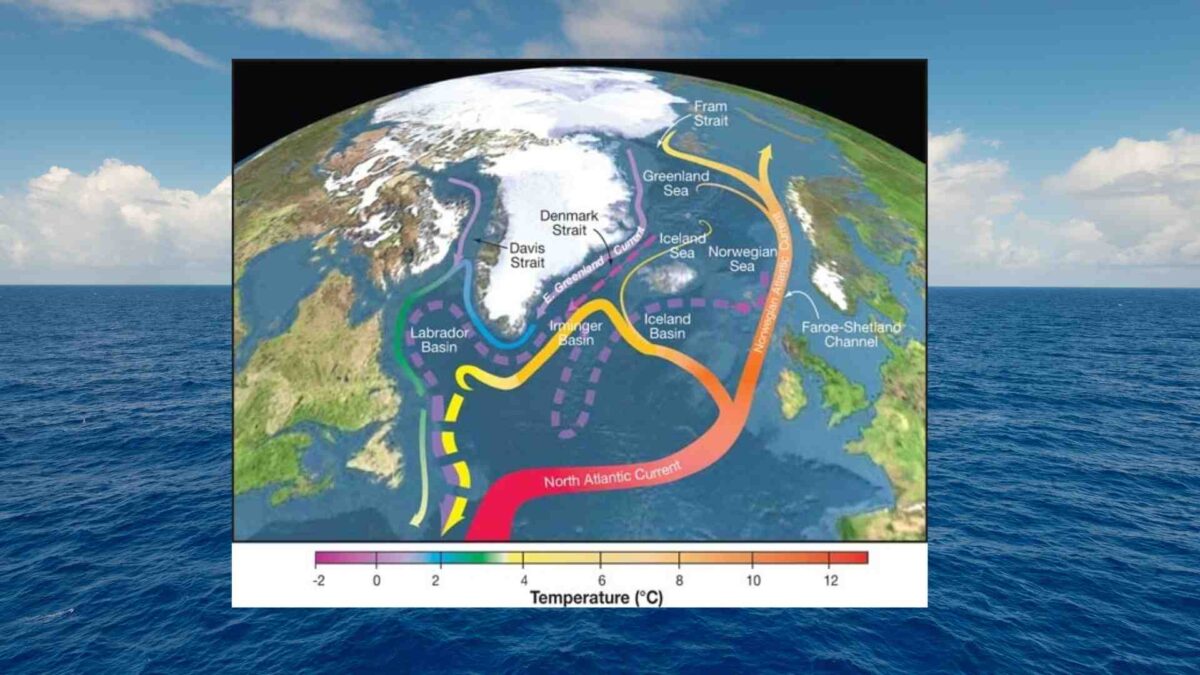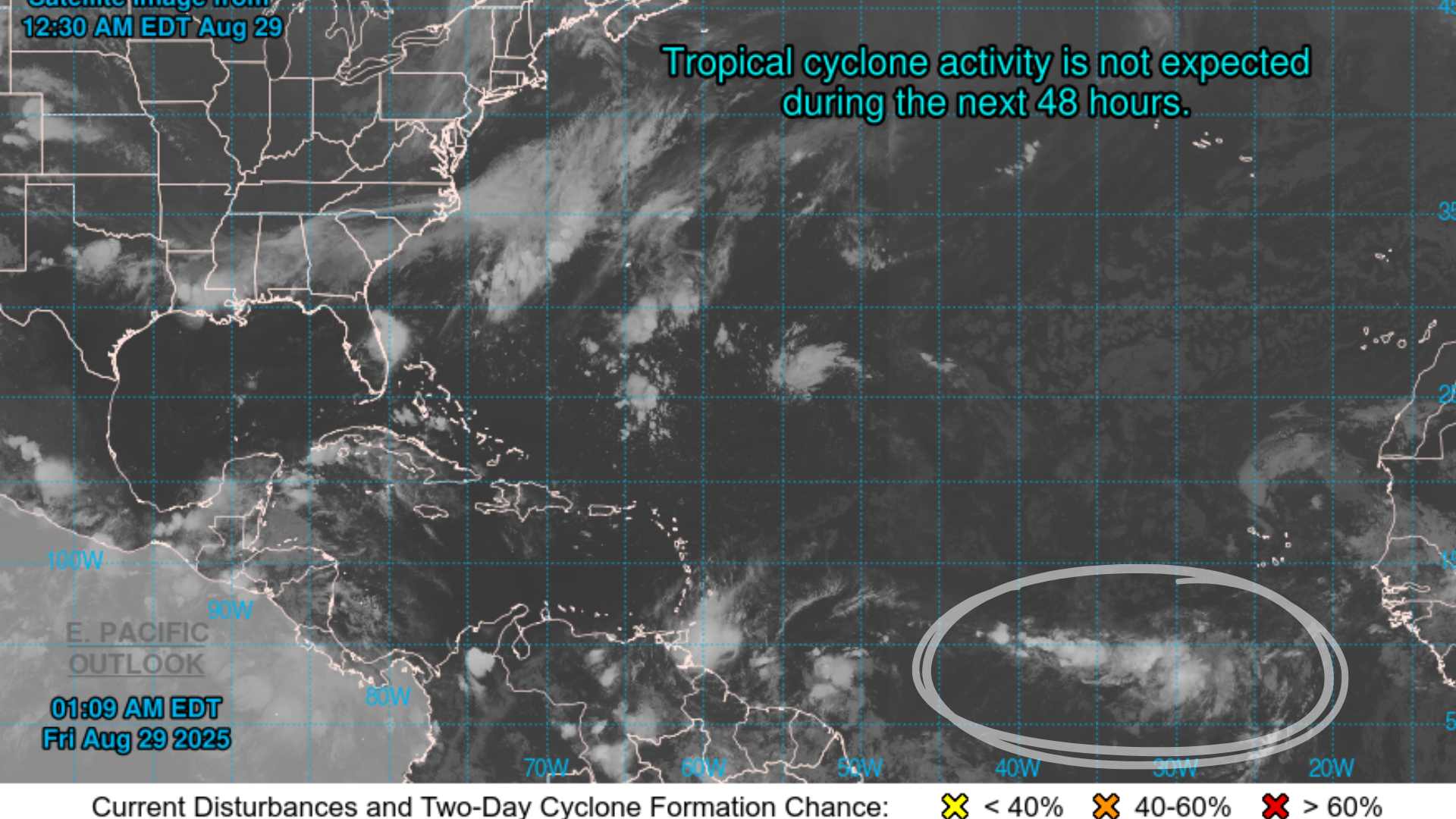
Atlantic current shutdown would bring harsher winters to Europe

The Atlantic Meridional Overturning Circulation (AMOC), a key system of ocean currents that includes the Gulf Stream, could shut down after 2100 under high-emission scenarios, according to a new study published in Environmental Research Letters.
The shutdown would reduce the ocean’s northward heat supply, bringing harsher winters and drier summers to northwestern Europe and altering rainfall patterns in the tropics.
“Most climate projections stop at 2100. But some of the standard IPCC models have now run centuries into the future and show very worrying results,” said Sybren Drijfhout of the Royal Netherlands Meteorological Institute, lead author of the study. “The deep overturning in the northern Atlantic slows drastically by 2100 and completely shuts off thereafter in all high-emission scenarios, and even in some intermediate and low-emission scenarios.”
The AMOC carries warm tropical water northwards and pushes colder, denser water southwards at depth. The tipping point that leads to shutdown, the study finds, is a collapse of winter convection in the Labrador, Irminger and Nordic Seas. Warmer air prevents sufficient heat loss from the ocean, weakening the vertical mixing of water. This results in a feedback loop of cooling, freshening and reduced sinking in northern seas.
“In the simulations, the tipping point in key North Atlantic seas typically occurs in the next few decades, which is very concerning,” said Stefan Rahmstorf of the Potsdam Institute for Climate Impact Research, a co-author of the paper. “After that point the shutdown becomes inevitable due to self-reinforcing feedbacks.”
The research analysed long-range CMIP6 climate simulations, extending up to the year 2500. In all high-emission runs, and in some intermediate and low-emission runs, the deep overturning circulation was found to collapse.
Rahmstorf added that real-world observations already show a weakening trend, although it is not yet clear if this is natural variation or the start of a long-term shift.

In a separate study, published earlier this month, an international team of scientists has reconstructed the strength of the AMOC over the past 12,000 years, finding it remained stable for much of that period despite natural fluctuations.
Researchers from Heidelberg University and the University of Bern, working with colleagues in Germany and Brazil, used geochemical measurements of thorium and protactinium taken from North Atlantic seabed sediments to reconstruct large-scale circulation patterns during the Holocene, the relatively mild epoch that began after the last Ice Age. The ratio of these rare radioactive isotopes acts as a long-term record of ocean circulation strength.
weakened sharply between 9,200 and 8,000 years ago, likely due to pulses of meltwater from the collapse of the North American ice sheet. By around 6,500 years ago it had stabilised at its present strength of about 18 Sverdrups, with one Sverdrup equal to a billion litres of water per second.
Project leader Dr Jörg Lippold said the results demonstrate long-term stability during the Holocene but warned that climate models project a future slowdown of five to eight Sverdrups by 2100 if greenhouse gas emissions continue to rise. Such a decline would be without precedent in the current warm period and could have serious consequences for global temperature stability and rainfall patterns.
Share this WeathÉire story:

























